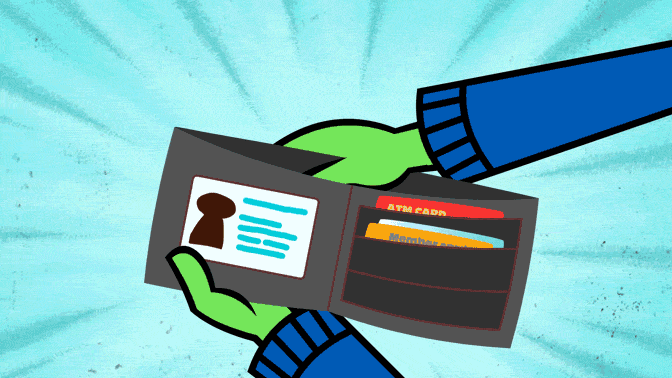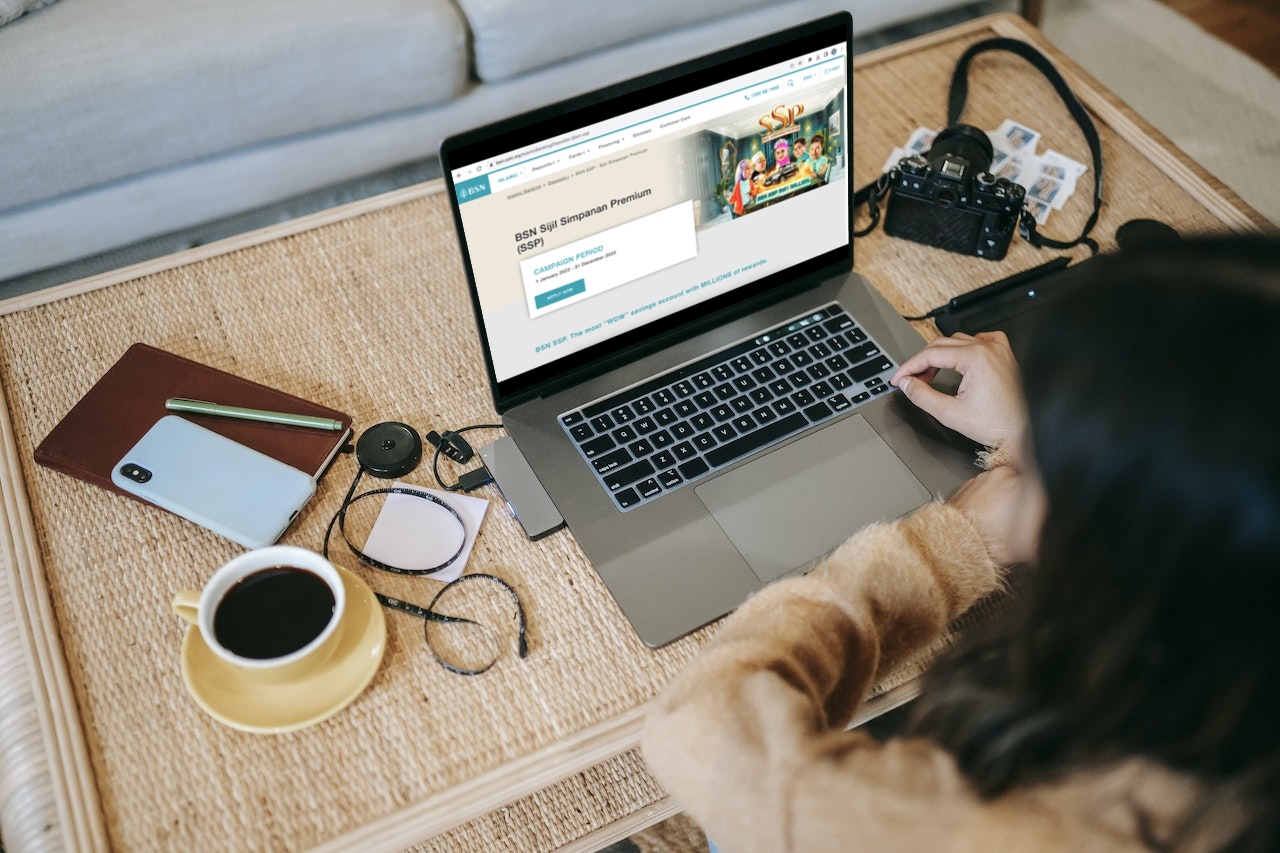6 Easy Steps To Make A Personal Budget So You Know How Much You're Actually Spending
Through careful planning, discipline, and consistent effort, you'll definitely achieve your financial goals!
Do you ever come to the end of the month and wonder where all your money went?
That's why it's important to have a personal monthly budget, so you know how much you're actually spending, and where your money is going.
Creating a personal budget is an essential step in managing your finances effectively. It helps you gain a clear understanding of your income and expenses, enabling you to make informed financial decisions.
1. Start by calculating your net income, a.k.a how much you have left after compulsory deductions
The first thing you should do is determine your net income. Take note that you shouldn't be making a budget based on your salary, but on what you have left after deductions like taxes, Employee Provident Fund (EPF), and Social Security Organization (Socso) contributions. If you have more than one regular source of income, add those in too.
By doing this, it will help you understand your actual earnings, which will provide a solid foundation for creating a realistic budget.
2. Next, list down your debt and fixed expenses
You'll want to compile a comprehensive list of things that you need to pay on a monthly basis, that are fixed expenses. These include mortgage or rent, utilities, insurance, loan payments, as well as other monthly bills like streaming subscriptions and more.
Knowing the exact amount of money required to cover these fixed costs is crucial for proper budgeting.
3. Assign a budget for each remaining category
After accounting for your fixed expenses, allocate specific budget amounts to various spending categories such as groceries, transportation, entertainment, and savings. You can try a budgeting approach like the 50/30/20 rule, where you designate 50% for necessities like groceries and transportation, 30% for leisure and entertainment, and 20% for savings.
Be as precise as possible, ensuring that your total allocated budget takes your debt and fixed expenses into account. This systematic approach will assist in maintaining financial balance and fostering a sustainable financial future.
4. Automate your savings
If you want to build financial security and achieve your long-term goals, consistently saving every month is the way to go. A pro tip would be to automate your savings by setting up automatic transfers to a designated savings account.
This will ensure that you consistently allocate a portion of your income toward your financial goals. And, since it's in a separate savings account, you'll be less likely to spend it. Out of sight, out of mind, amirite? ;D
5. Make sure to track your daily spending
Keep a close eye on your spending by recording everything you spend from meals to shopping expenses. There are handy budgeting apps that you can use to key in your expenses.
Remember to regularly review your expenses, maybe once a week, to ensure you're sticking to your budget and to identify any categories where you may be overspending.
6. Assess your budget at the end of the month
At the end of each month, evaluate your budget's performance. Compare your actual spending to the allocated amounts for each category.
If you notice that you consistently overspend on a specific category, consider adjusting your budget or lifestyle. This assessment will give you a clear view of how much you're actually spending and help you make informed financial decisions.
If you're looking to start a personal budget, opening up a designated savings account will help separate your savings from everyday expenses.
With Bank Simpanan Nasional (BSN)'s Sijil Simpanan Premium (BSN SSP) savings account, you can enjoy more rewards the more you save!
In conjunction with World Savings Day, BSN wants to help kickstart your savings journey. By owning a BSN SSP savings account, you'll get to be one of the 18,000 winners to snag prizes of up to RM27 million.
If you open a BSN SSP savings account now, you'll be entitled to join the Millionaire Draw, where they will pick one winner in November and December to receive RM1 million worth of BSN SSP. On top of that, the December winner will also drive away with a BMW X5.
Apart from the Millionaire Draw, BSN SSP also has prizes for various draw categories, including the Monthly Draw, Regional Draw, Young Saver Draw, Loyalty Draw, New Saver Draw, Teacher's Draw, Salary Account Draw, Kasih Draw, and Regular Saver Draw.
For more information on BSN SSP, click here. Drop by at the nearest BSN branch to sign up for a BSN SSP account!
In conjunction with World Savings Day, BSN collaborated with Dewan Bahasa dan Pustaka (DBP) to organise an acting poem competition, where winners won cash prizes of up to RM10,000
The competition combined elements of reciting poems and acting. Participants submitted their entries online from 1 to 31 August via Facebook, Instagram, and TikTok. A total of 48 entries were received and the six best participants were selected to proceed to the finale.
The finale took place at Tun Syed Nasir Cultural Center, Wisma DBP on 10 October. The six participants competed in teams and went through three rounds with topics revolving around DBP, BSN, and Dataran Merdeka. They were also challenged to incorporate the importance of savings into their topic.
The champion received a cash prize of RM3,500, while the runner-up received RM2,500 and the third-place winner received RM1,500. The three consolation winners won RM500 each. There was also an award for the best poem performer and best acting performance, who both walked away with RM500 each.
Ready to start your savings journey and reach your financial goals? Check out BSN's various offerings on their website.









